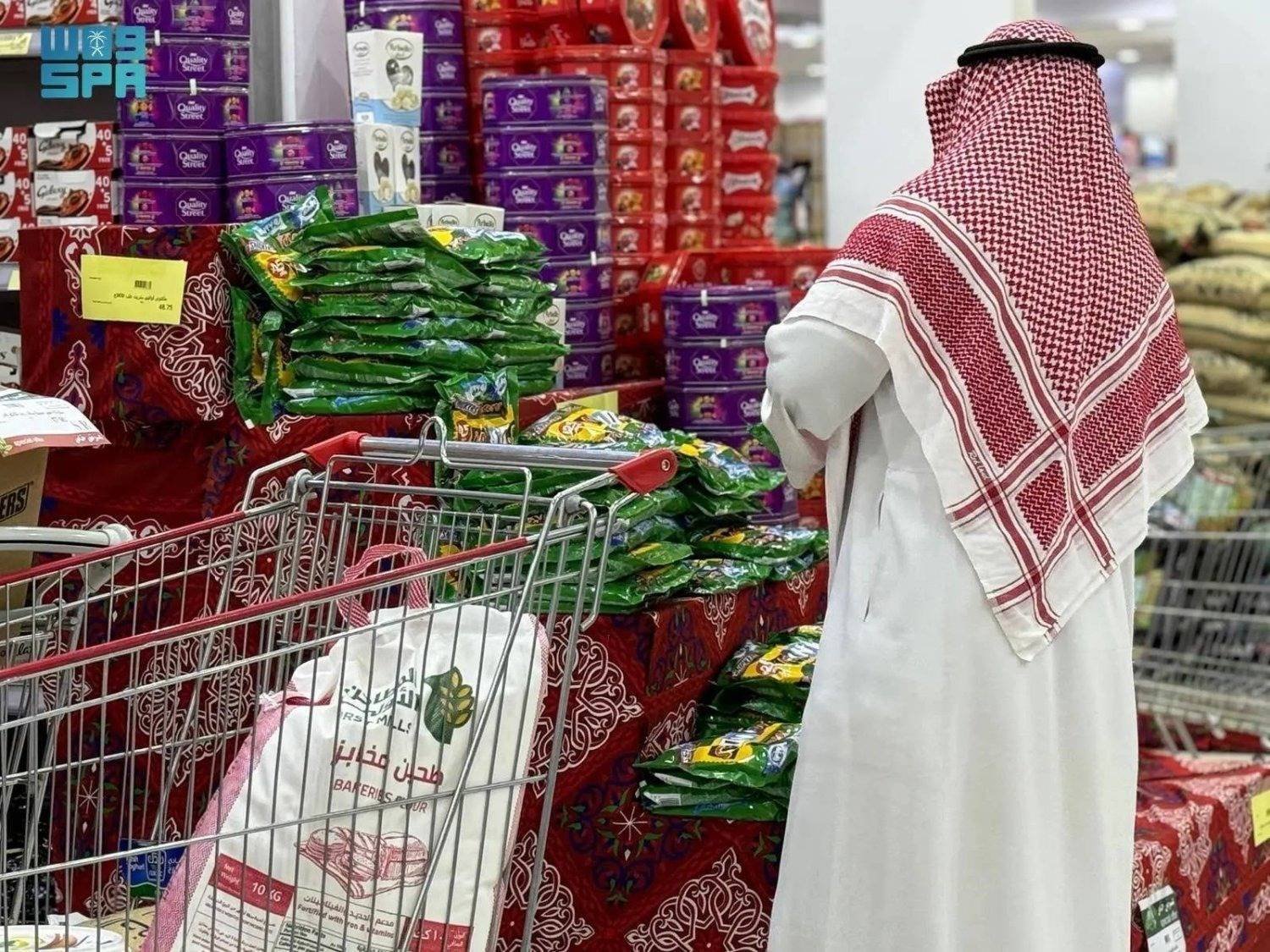Equity markets tumbled again Tuesday to extend a global rout fueled by fears of recession, with the Federal Reserve preparing to ramp up interest rates as inflation shows no sign of slowing.
Panic has swept through trading floors since data on Friday showed US consumer prices rising at their fastest pace in a generation owing to a spike in energy and food costs caused by the Ukraine war, China's lockdowns and supply chain snarls, AFP reported.
The pain has been felt across all assets, with bitcoin threatening to fall below $20,000 for the first time since December 2020, currencies retreating against the dollar, and even safe-haven plays including the yen and gold feeling the squeeze.
Investors are now laser-focused on Wednesday's Fed interest rate decision as it struggles to walk a fine line between reining in inflation and trying to keep the economy on track.
Danielle DiMartino Booth, at Quill Intelligence, said: "While tightening into a recession is no easy task, the Federal Reserve must indicate a willingness to raise interest rates by more than a half-percentage point at upcoming meetings if inflation continues to surprise to the upside."
But JP Morgan Asset Management's warned: "While there is no doubt that inflation is a considerable challenge for the US at this point, slamming on the brakes too hard risks pushing the economy off its track."
Before Friday's news, expectations had been for a 50-point basis hike and a signal that more of the same was to come at the next few meetings. But now analysts say there is a one-in-three chance officials could announce a three-quarter point increase, with some even predicting a one percentage point hike.
That has ramped up fears that the world's top economy is heading for a recession, and on Monday Wall Street plunged with the broad-based S&P 500 sinking into a bear market after dropping more than 20 percent from its recent peak.
And the selling continued in Asia, with Sydney tanking five percent at one point as it reopened after a holiday weekend to catch up with Monday's drama, while Tokyo was off around two percent and Wellington more than three percent.
Hong Kong, Shanghai, Seoul, Singapore, Taipei and Manila were also deep in the red.
Commentators warned that the Fed was in a tough place on what to do Wednesday. A decision to lift rates more than 0.50 percentage points could signal its determination to finally defeat inflation but also hit its credibility as it confuses officials' signals to traders.
"Once the Fed starts moving in 75s it would be hard to stop, and the combination of this and the Fed’s outcome-based approach to inflation feels like it could be a recipe for recession," said Evercore ISI's Krishna Guha and Peter Williams.
Bets on a more aggressive approach have sent the dollar spiraling higher against other currencies, hitting a 24-year high Monday against the yen and a record peak on the Indian rupee.
Both units have clawed back some of the losses but remain under severe pressure, while the euro is in danger of hitting a two-decade low. The pound is at its weakest level in two years.
And bitcoin remains in the firing line, hitting $20,823 for the first time since December 2020, with selling compounded by news that crypto lending platform Celsius Network had paused withdrawals owing to volatile conditions. The announcement raised worries about a possible contagion for other firms.
- Key figures at around 0250 GMT -
Tokyo - Nikkei 225: DOWN 2.0 percent at 26,446.82 (break)
Hong Kong - Hang Seng Index: DOWN 0.7 percent at 20,926.15
Shanghai - Composite: DOWN 0.5 percent at 3237.98
Dollar/yen: DOWN at 134.40 yen from 134.42 yen late Monday
Euro/dollar: DOWN at $1.0408 from $1.0412
Pound/dollar: UP at $1.2142 from $1.2136
Euro/pound: DOWN at 85.71 pence from 85.76 pence
Brent North Sea crude: UP 0.2 percent at $122.45 per barrel
West Texas Intermediate: UP 0.2 percent at $121.13 per barrel
New York - Dow: DOWN 2.8 percent at 30,516.74 (close)
London - FTSE 100: DOWN 1.5 percent at 7,205.81 (close)
















